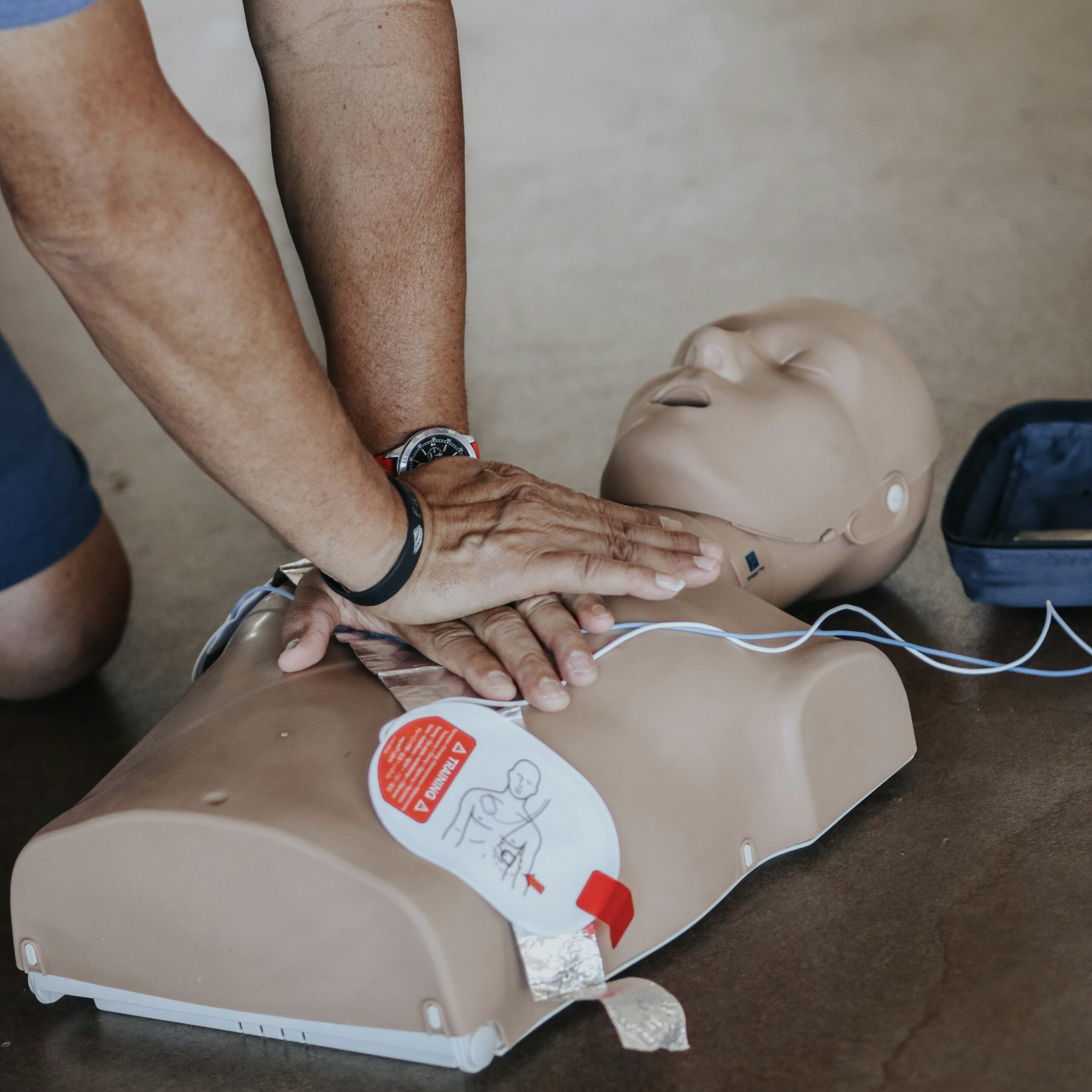
23 Apr First Aid Myths That Could Cost Lives
First aid knowledge is essential, but not all advice you hear is correct. Some long-held beliefs about first aid can actually do more harm than good. Let’s bust some of the biggest first aid myths and set the record straight!
1. Myth: Sucking Out Snake Venom Helps – Reality: This is straight out of a movie, but it doesn’t work! Sucking out venom can worsen tissue damage. Instead, keep the victim still, immobilise the limb with a Pressure Immobilisation Bandage and splint, and seek medical help immediately.
2. Myth: Tilting Your Head Back Stops a Nosebleed – Reality: Tilting your head back can cause blood to run down your throat, leading to choking from clots or stomach irritation. Instead, lean forward slightly and pinch your nostrils together for 10-15 minutes.
3. Myth: You Should Apply Butter to Burns – Reality: Butter can trap heat and make burns worse. Run cool (not ice-cold) water over the burn for at least 20 minutes, then cover it with a clean, non-stick dressing like gladwrap. This is especially important in baby first aid, where gentle and appropriate treatment is crucial.
4. Myth: If Someone Is Having a Seizure, You Should Put Something in Their Mouth – Reality: Never put anything in a person’s mouth during a seizure—it can cause choking and soft pallet injuries which in turn can cause blood in the airway. Instead, clear the area of hazards, cushion their head, and let the seizure pass. If possible place the patient on their side.
5. Myth: CPR Always Brings People Back to Life Instantly – Reality: In movies, a person wakes up immediately after CPR, but in reality, CPR is about keeping blood circulating. Early defibrillation is the key to survival. CPR still vital and can double or triple survival chances but we must remember that sometime it doesn’t work.
Misinformation can be dangerous when it comes to first aid. Learning the right techniques from a certified first aid course can ensure you’re prepared to help—not harm—in an emergency.
Join one of our Paramedic lead First Aid Courses today.


